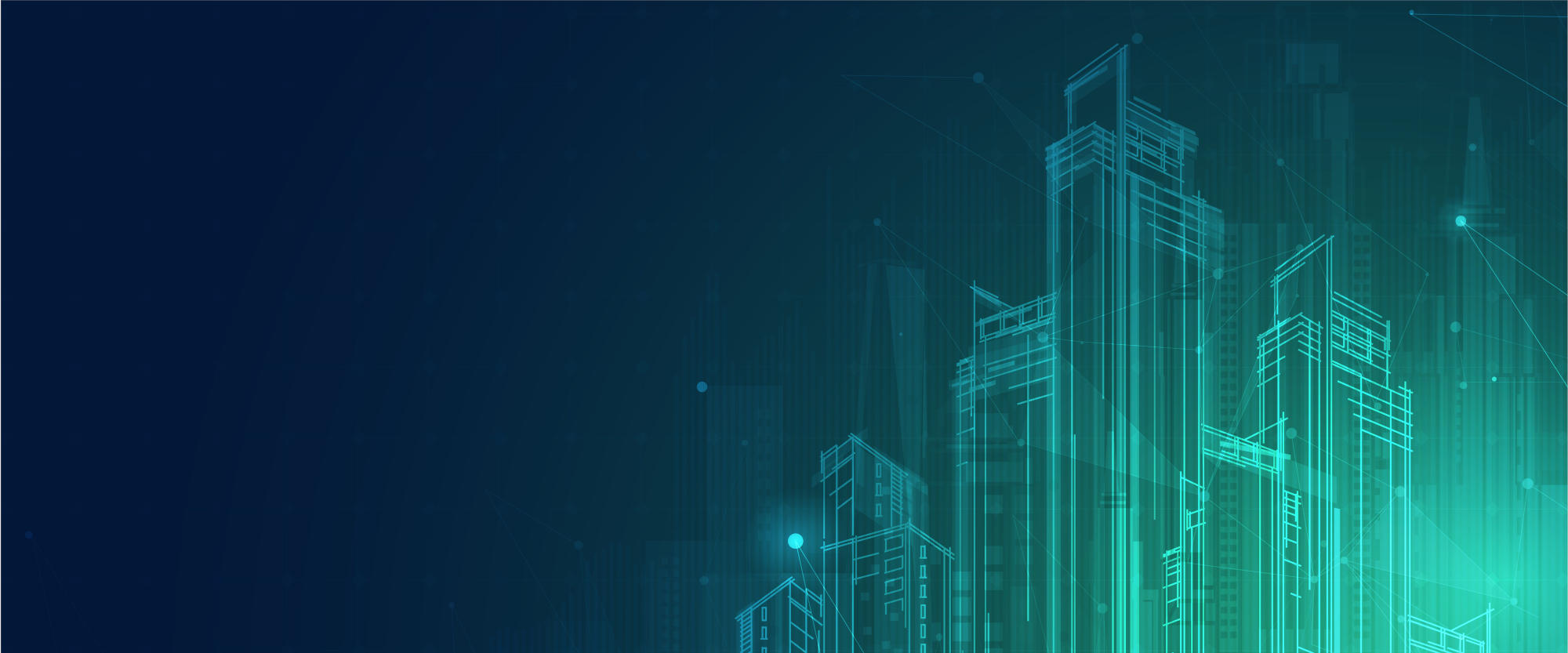
Looking at digital technologies through the eyes of executives
The business potential of new technologies such as artificial intelligence (AI), data analytics, intelligent robotics, the internet of things (IoT) and blockchain are on executives’ minds in most organizations. IMD recently had the chance to work with 81 participants from 15 countries to help them develop a better understanding of the practical use of these transformational technologies.
The business executives, who came from companies of different sizes (start-up to multinational level) and a range of industries, attended presentations, visited technology labs and engaged in the start-up ecosystem. They were also exposed to 42 use cases as part of IMD’s online pedagogical tool called What the TECH? These specific, real-life examples demonstrate how companies are using the latest technologies today to deliver new user experiences, develop operational efficiencies and design new products, services and solutions. Participants were asked to identify all the cases that will be most relevant to their business in the next three to five years (long list). Following discussions with their peers, they then had to pick the top three (short list).
Lessons from the market
Executives were most attracted to solutions that were already on the market and worked. Companies like Amazon, BlackRock, North Star Blue Scope, Bossard, KUKA and QualySense have found ways to create value by applying one (or a combination) of these transformative technologies. AI, intelligent robotics and IoT were all equally represented on both the long and short lists of most participants. The most popular use cases included: voice-controlled AI assistant (Amazon’s Alexa), machine learning transforming compliance in banking (Credit Suisse), AI and big data in investment (BlackRock), IoT in smart factory logistics (Bossard), IoT and industry 4.0 (GE), the connected construction worker (North Star Blue Scope), human-robot collaboration in the factory (KUKA), collaborative robots in logistics (DHL) and grain sorting precision for better food (QualySense).
For example, Credit Suisse uses data analytics and machine learning technologies to perform real-time analyses and warn of any suspicious transactions and employee behavior – regardless of the location or geography of the transaction. The company has achieved operational efficiencies by more accurately monitoring and detecting non-compliant transactions (fraud, money laundering, etc.). In addition, investigation officers are saving time due to the reduction in false positive cases.
Switzerland-based QualySense developed a unique system to sort grains, seeds and beans based on both mechanical and biochemical properties. Its high-tech robot uses spectroscopy and AI imaging to sort high volumes of grain wheat, rice, corn, oats, soybeans, coffee, etc. at first pass with minimal errors. This new solution is giving QualySense’s customers high confidence in the quality and grade of the kernels selected, and it is helping seed breeders, food companies and inspection agencies to safeguard the quality of their seeds, develop premium foods and achieve excellence in nutrition, health and safety.
In IoT, Otsuka Pharmaceutical and Proteus Digital Health are addressing the problem of medication non-adherence – a major roadblock to the effective treatment of diseases, which costs billions of dollars every year. They developed Ability MyCite – the world’s first digital pill. The solution, which consists of a sensor embedded in a pill, a wearable patch, a mobile device app and a portal, offers patients and physicians a completely new experience concerning medication adherence, treatment personalization and overall disease management.
There was an equal number of technology applications focused on developing operational efficiencies (such as increased productivity, reduced downtime, higher throughput, fewer accidents, better customer knowledge) and ones focused on designing new products/solutions and delivering new experiences (such as better and faster quality of service, convenience, personalized on-demand experience, opportunity to increase revenue, seamless processes).
Is blockchain all hype?
Of all the technology cases presented, blockchain was short-listed the fewest number of times. Interestingly, however, a high number of blockchain use cases appeared on participants’ long lists. Given the media hype around blockchain between 2017 and 2019, this perceived lack of importance given to blockchain is likely linked to the underlying challenges of deploying it. Executives feel that blockchain is too far removed from their business reality to be relevant. Many people are excited about crypto-currencies and the underlying distributed ledger technologies, but there remain substantial challenges. The original intended use of blockchain was to create an alternative to storing and exchanging value, which would cut out the middleman and thereby create a revolution in banking and bypass the government because individuals would transact freely.
As it turns out, there are many obstacles to this, including not only technical challenges of single-point encryption and the underlying replication of data but also the challenge of high energy consumption. In the end, what the government provides is not all that bad. For banking at least, the value of deposit assurance, reversibility, identity verification and audit standards cannot be underestimated when things go wrong. Some of the more promising applications of blockchain are micropayments, bank-to-bank transfers, streamlined supply chains, fortifying identity management and smart contracts. Given the nascent evolution of this technology, blockchain needs more time to prove itself before companies move toward rapid adoption.
This is one technology to keep an eye on for the future, whereas with AI, IoT and intelligent robotics, it’s simply about companies finding the right business model to deploy to remain competitive.
Bettina Büchel Professor of Strategy and Organization at IMD and co-director of the Transform TECH program run jointly by IMD and EPFL
Research Information & Knowledge Hub for additional information on IMD publications
Research Information & Knowledge Hub for additional information on IMD publications
Research Information & Knowledge Hub for additional information on IMD publications
in I by IMD
Research Information & Knowledge Hub for additional information on IMD publications
Research Information & Knowledge Hub for additional information on IMD publications
in I by IMD
Research Information & Knowledge Hub for additional information on IMD publications
Research Information & Knowledge Hub for additional information on IMD publications
Research Information & Knowledge Hub for additional information on IMD publications
Research Information & Knowledge Hub for additional information on IMD publications
Research Information & Knowledge Hub for additional information on IMD publications
in I by IMD
Research Information & Knowledge Hub for additional information on IMD publications










